An Introduction: Integrating with the Salesforce Force.com Platform
This blog will discuss a few tips for integrating Force.com using web services. We shall also find the best possible integration method and how it can be distinguished based on the situation.
For Example, if you intend to exchange data easily between Salesforce and client applications, we can choose the right option: SOAP API. It is considered the best data integration option. But if you need some logic before or after the data is committed or sent out of Salesforce, we can opt for Business Logic Integration options like Apex Web Services or Apex Callouts.
Type of integration
Security integration
UI integration
Logic integration
Data integration
Introduction
In many organizations, enterprise-level applications must be integrated with others, but the integration process caters to various layers. The different layers, like Data, Business Logic, Presentation, and Security, are based on the requirements. This aids organizations in obtaining a greater level of operational consistency, efficiency, and quality.
This article outlines several potential approaches for incorporating external client applications into the Force.com platform. The primary emphasis lies in integrating web services, including inbound and outbound interaction with Force.com. The client application under examination in this paper is Oracle Siebel CRM.
Possible Ways to Integrate with Salesforce Force.com
To get into further detail about the many tiers and integration features available for a corporate application at each step, we have:
User Interface
Business Logic
Data
User Interface Integration is a highly effective method for incorporating many apps into the Salesforce platform, requiring minimal modifications to each application. The system offers consumers a centralized access point to many apps. One prominent illustration is Facebook Apps, which presents itself within the platform but is sourced from many application suppliers.
Business logic integration uses Apex Web Services and Apex Callouts for Inbound and Outbound, respectively. It usually involves implementing the end-to-end business process by distributing the business logic among multiple apps.
Data integration involves the utilization of both SOAP APIs and REST APIs. Data synchronization requirements are commonly managed via this system, wherein a specific application inside an organization serves as the primary source for a given business object, such as an Account. The absence of coding in Salesforce is a notable advantage, as it eliminates the need for programming skills. However, this platform cannot include unique logic in its functionalities.
As we mentioned above, our main aim for the rest of this document will be the Business Logic and Data Integration layers, which execute Web Services.
Deep Dive
By integrating external systems, Business Logic Integration makes expanding the current business logic within the Force.com platform easier. Apex Web Services is employed to administer incoming logic integration.
Apex Web Services enables the development of logic that external applications can access and utilize as a web service. This functionality will allow for the implementation of custom logic before making any modifications to the data of standard or custom objects within the Force.com platform. It is feasible to incorporate project-specific business logic within the framework of delivering web services.
Proficiency in Apex is necessary for developing Apex classes that provide web services accessible to client applications. The process entails the following steps:
The objective is to develop a universally accessible global class that can be utilized across all Apex scripts. Everything else fits into it as a container.
The process involves the creation of an internal Apex class that serves as the underlying structure for the request message in the Web Services Description Language (WSDL). This section should include a list of variables that require access by the other application via the Web Services Description Language (WSDL).
The task at hand involves developing an Apex method that can be accessed and utilized as a web service. It describes the data mapping of the inner class variables to Salesforce objects and fields. It also includes any necessary implementation of logic and the action to be carried out, such as insert.
Finally, generate the WSDL from the path Setup | App Setup | Develop | Apex Classes and share it with the client application.
Apex Callouts facilitate integrating external web services that employ SOAP, WSDL, or REST Services. This can be used to manage the outbound scenario for web service integration. Two distinct approaches exist for creating callouts: one involves importing the Web Services Description Language (WSDL) into Apex, and the second entails employing HTTP (RESTful) Services classes.
WSDL2Apex: The automatic generation of the Apex class is made more accessible by consuming the WSDL document provided by the client application. The Apex class manages various tasks related to the SOAP XML construction, web service invocation, data transport, and response parsing. It is possible to modify the HTTP Header while transmitting a message.
HTTP Services: This approach presents an alternative method for enabling outbound web service connectivity, allowing Salesforce to interface with REST-based services seamlessly. HTTP, HTTPRequest, and HTTPResponse are examples of Apex classes that will allow creating, modifying, and managing HTTP requests, requests, and responses.
Data integration is crucial in ensuring the coherence of application data across many systems that require synchronization. One possible strategy to enhance the exchange of information in real-time between different systems entails using SOAP APIs and other feasible options.
The SOAP API facilitates creating, retrieving, updating, and deleting various records, including accounts, leads, and custom objects. The SOAP API offers many features, including over 20 distinct calls, enabling users to manage passwords, do searches, and accomplish various other tasks. We can employ the SOAP API in any programming language that supports web services. It offers two WSDLs for selection:
Enterprise Web Services WSDL- Enterprise Web Services WSDL (Web Services Description Language) provides a standardized way of describing a web service's functionality. It acts as a contract between the service provider and the consumer, outlining the service's operations, the data types it uses, and the protocols it supports. Additionally, WSDL enables automated tools to generate client code for consuming the web service, making it easier for developers to utilize and interact with the service. Overall, WSDL plays a crucial role in facilitating the communication and integration of enterprise web services.
Partner Web Services WSDL- Partner Web Services WSDL (Web Services Description Language) defines the interface and functionality of web services designed specifically for partner integration. It acts as a contract between the service provider and its partners, ensuring that both parties understand how to interact with the web service. This promotes seamless collaboration and interoperability between organizations, enabling efficient and effective communication and data exchange. Overall, Partner Web Services WSDL plays a vital role in facilitating the integration of web services between business partners.
You must enter your Salesforce organization to obtain your business's most up-to-date Web Services Description Language (WSDL) files. Once logged in, navigate to the Setup section and proceed to click on the "Develop" option. From there, select the "API" tab and choose the appropriate option to generate the Enterprise or Partner WSDL files.
REST API provides a powerful, convenient, and simple REST-based web services interface for interacting with Salesforce. Its advantages include ease of integration and development, and it’s an excellent choice of technology for mobile applications and Web projects.
Security Considerations
The client application must undergo authentication to access Salesforce data or business logic using any of the inbound interfacing methods mentioned above. Upon receiving proper credentials for the Salesforce organization, the server proceeds to authenticate the provided credentials. If the credentials are genuine, the server provides the client application with the necessary access.
a sessionId, that must be set into the session header so that all subsequent calls to the web service are authenticated
a serverUrl, that is the end point for the client application’s web service requests
Testing with soapUI
Before beginning the application integration development, you can use soapUI as a testing tool to obtain a sense of how to use the Salesforce-generated WSDLs. There are two steps to implement the inbound integration, regardless of the integration approach you are taking (Apex Web Services or SOAP API):
Acquiring the session ID and server URL involves utilizing the login() method within the SOAP API.
With these details, operations like create() or any custom operation can be performed utilizing Apex Web Services. The session ID must be included in the session header, and the server URL must be specified as the operation's endpoint.
Set up the request message based on the fields and objects that must be exchanged. As an example:
The create() API function can add or modify relationships. For instance, it can create a new Account and Contact in which the Contact is the Account's parent.
Create different unrelated object records in a single call.
Business Scenario
Design Considerations:
Integration Path
Security
Outbound WS/End Points
In conclusion, integrating with the Salesforce Force.com platform is not merely a technological investment but a strategic move towards future-proofing your business. As businesses navigate the complexities of the modern market, embracing the Force.com platform emerges as a pivotal step towards sustainable growth, enhanced customer satisfaction, and operational excellence. The journey towards seamless integration with Salesforce is a journey towards unlocking unparalleled potential and staying at the forefront of innovation in the digital era.
Find a course provider to learn Salesforce
Java training | J2EE training | J2EE Jboss training | Apache JMeter trainingTake the next step towards your professional goals in Salesforce
Don't hesitate to talk with our course advisor right now
Receive a call
Contact NowMake a call
+1-732-338-7323Take our FREE Skill Assessment Test to discover your strengths and earn a certificate upon completion.
Enroll for the next batch
Salesforce Course Online Training
- Dec 15 2025
- Online
Salesforce Course Online Training
- Dec 16 2025
- Online
Salesforce Course Online Training
- Dec 17 2025
- Online
Salesforce Course Online Training
- Dec 18 2025
- Online
Salesforce Course Online Training
- Dec 19 2025
- Online
Related blogs on Salesforce to learn more

INTRODUCTION TO CLINICAL RESEARCH
Learn the fundamentals of clinical trials, and eight phases of the clinical research process.
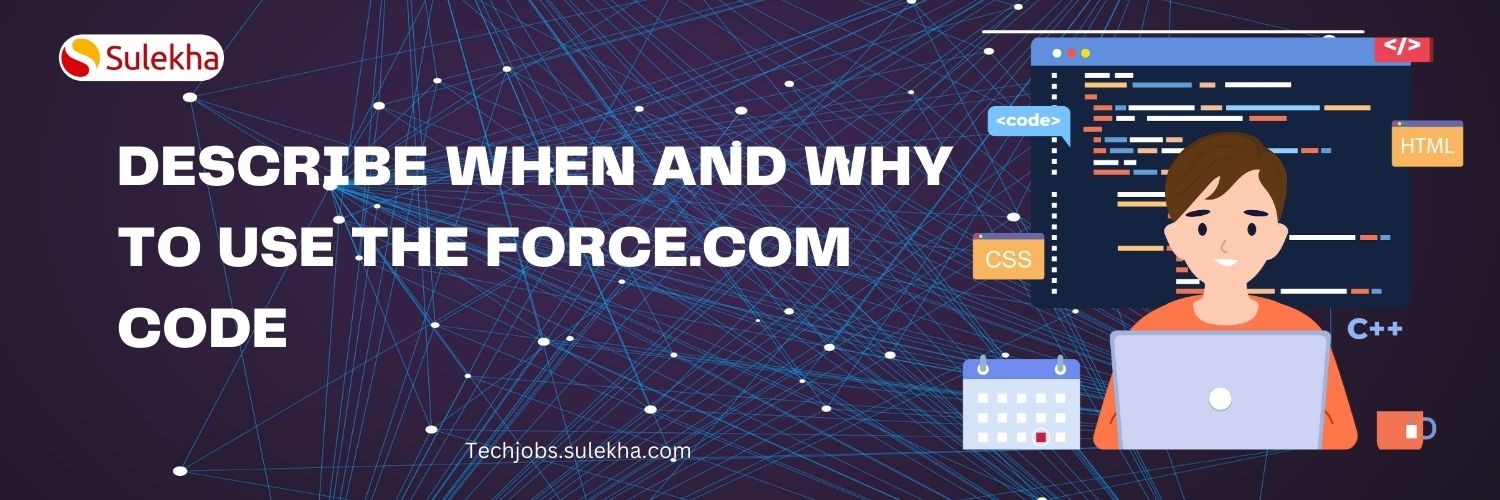
Describe when and why to use the Force.com code
Discover how to leverage the power of Apex code to automate business processes, enhance user experience, and improve data quality in your Salesforce organization.
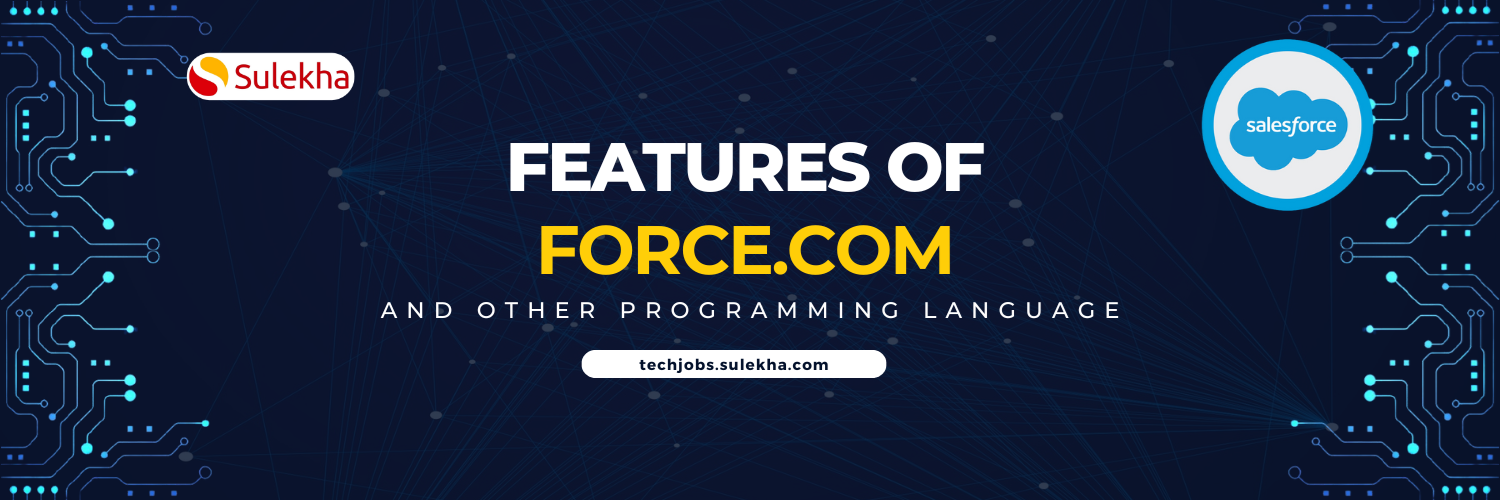
Features of Force.com code and distinguish between Force.com code and other programming languages.
Learn how to seamlessly integrate Force.com pages into your Salesforce applications to enhance user experience and discover the steps to create, customize, and deploy custom pages that meet your specific business needs.

List and Describe Syntax Features of Force.com Code
Master the syntax features of Force.com code and description for each feature.

Describe How to Incorporate Force.com Pages into Force.com Applications
Learn how to seamlessly integrate Force.com pages into your Salesforce applications to enhance user experience and discover the steps to create, customize, and deploy custom pages that meet your specific business needs.
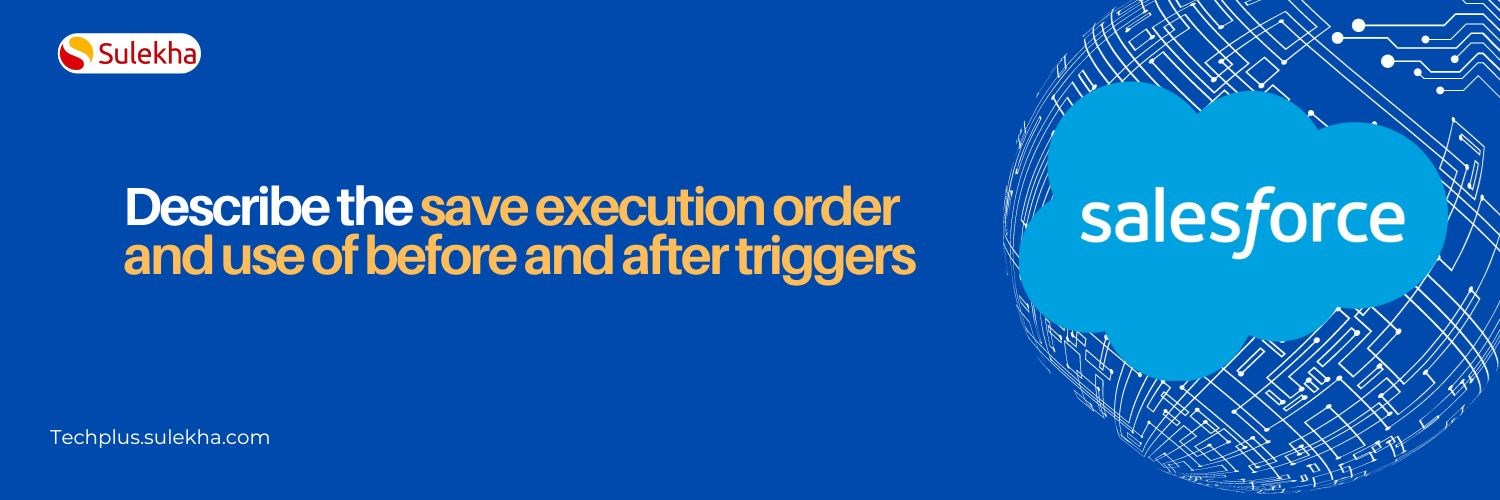
Describe the save execution order and use of before and after triggers
Learn how to write triggers that execute at the right time to meet your specific business needs
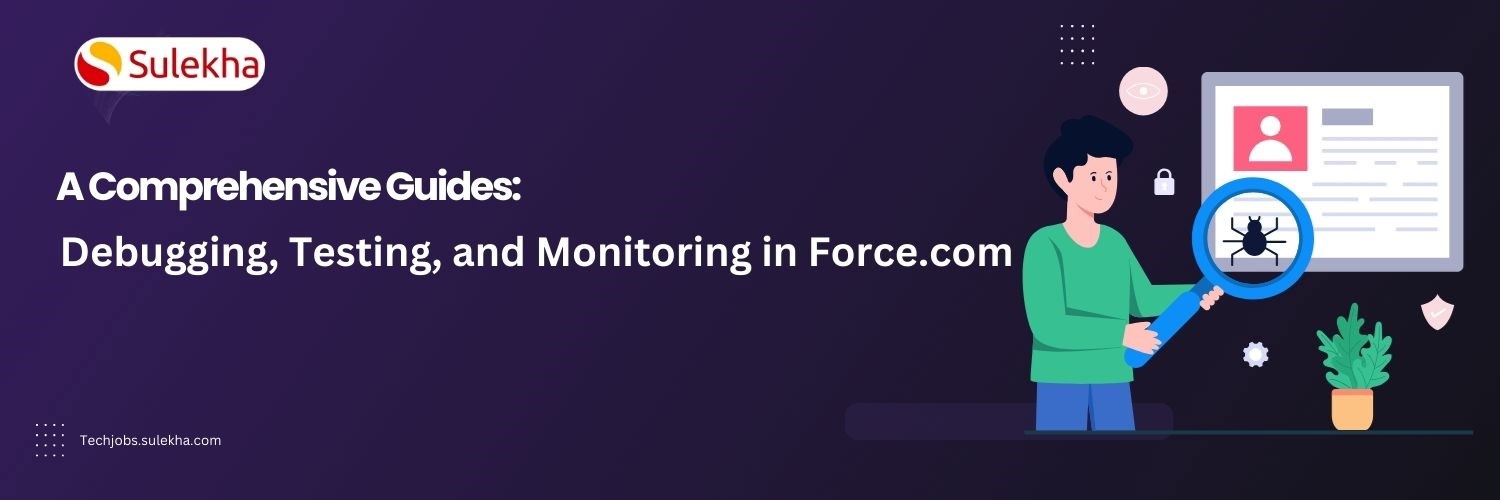
Debugging, Testing, and Monitoring in Force.com: A Comprehensive Guide
Explore the essential techniques for debugging, testing, and monitoring your Force.com applications.
A Comprehensive Guide to Managing Static Resources in Salesforce
We have discussed the types of Static Resources, how to Create & Use Static Resources and best Practices for Managing Static Resources in Salesforce
Introduction to Force.com Sites – Overview
Learn about the features, benefits, and use cases for Force.com Sites, and discover how to create a custom website that integrates with your Salesforce data and workflows.
Distinguish between standard controllers, custom controllers, and extensions
This guide covers the features, benefits, and use cases for each type of controller, helping you to build more efficient and effective Salesforce applications.
Latest blogs on technology to explore

From Student to AI Pro: What Does Prompt Engineering Entail and How Do You Start?
Explore the growing field of prompt engineering, a vital skill for AI enthusiasts. Learn how to craft optimized prompts for tools like ChatGPT and Gemini, and discover the career opportunities and skills needed to succeed in this fast-evolving indust
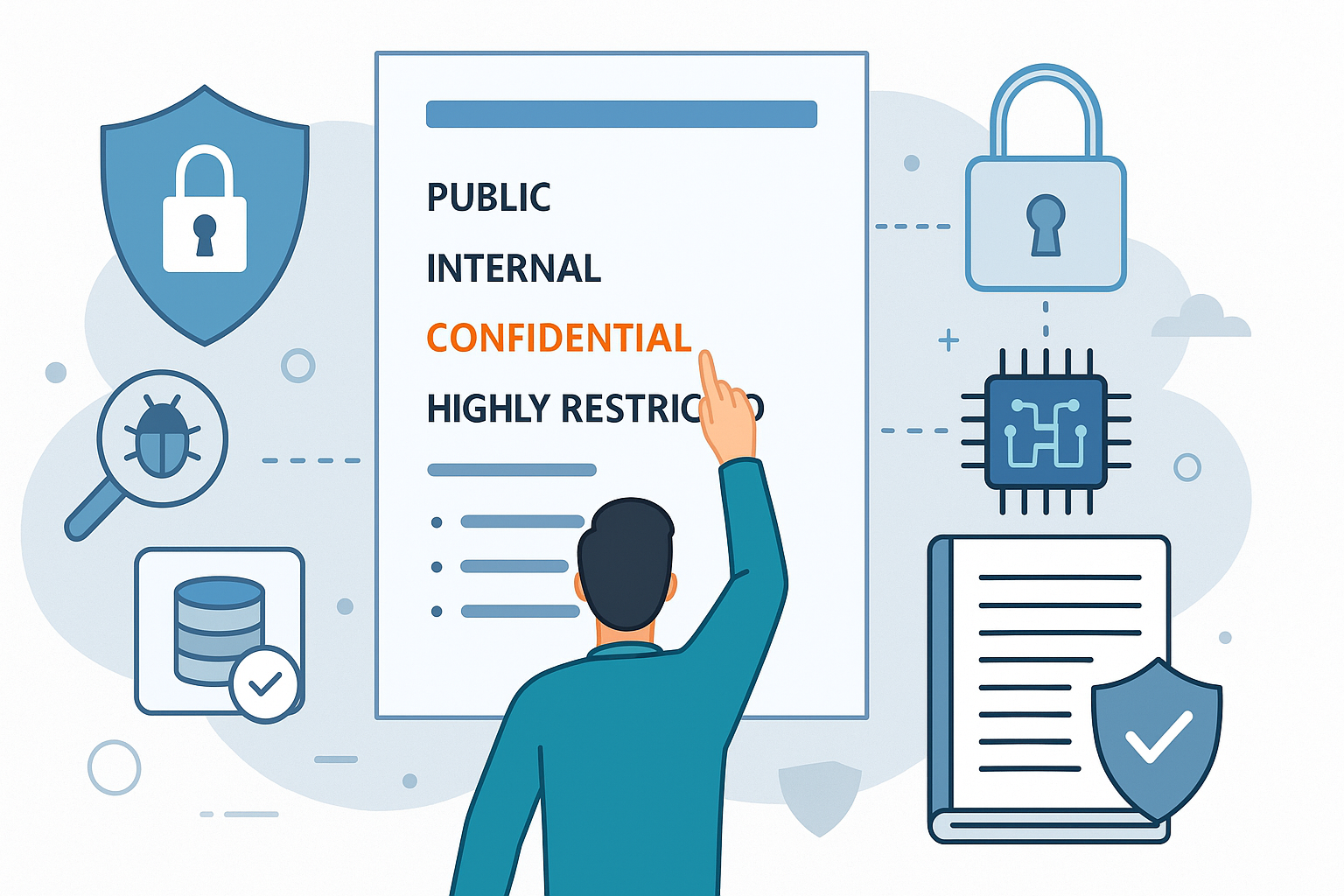
How Security Classification Guides Strengthen Data Protection in Modern Cybersecurity
A Security Classification Guide (SCG) defines data protection standards, ensuring sensitive information is handled securely across all levels. By outlining confidentiality, access controls, and declassification procedures, SCGs strengthen cybersecuri

Artificial Intelligence – A Growing Field of Study for Modern Learners
Artificial Intelligence is becoming a top study choice due to high job demand and future scope. This blog explains key subjects, career opportunities, and a simple AI study roadmap to help beginners start learning and build a strong career in the AI

Java in 2026: Why This ‘Old’ Language Is Still Your Golden Ticket to a Tech Career (And Where to Learn It!
Think Java is old news? Think again! 90% of Fortune 500 companies (yes, including Google, Amazon, and Netflix) run on Java (Oracle, 2025). From Android apps to banking systems, Java is the backbone of tech—and Sulekha IT Services is your fast track t
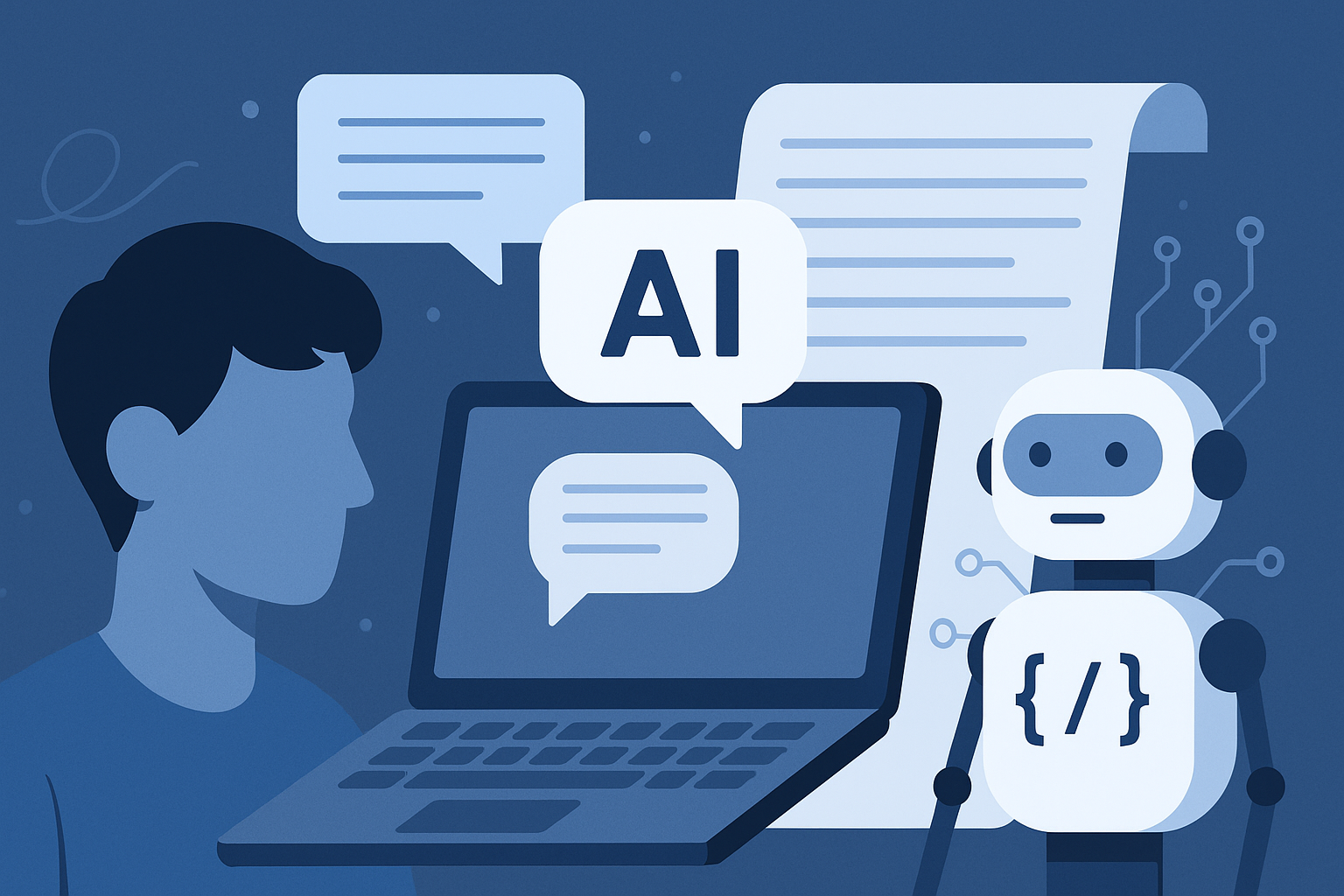
From Student to AI Pro: What Does Prompt Engineering Entail and How Do You Start?
Learn what prompt engineering is, why it matters, and how students and professionals can start mastering AI tools like ChatGPT, Gemini, and Copilot.

Cyber Security in 2025: The Golden Ticket to a Future-Proof Career
Cyber security jobs are growing 35% faster than any other tech field (U.S. Bureau of Labor Statistics, 2024)—and the average salary is $100,000+ per year! In a world where data breaches cost businesses $4.45 million on average (IBM, 2024), cyber secu

SAP SD in 2025: Your Ticket to a High-Flying IT Career
In the fast-paced world of IT and enterprise software, SAP SD (Sales and Distribution) is the secret sauce that keeps businesses running smoothly. Whether it’s managing customer orders, pricing, shipping, or billing, SAP SD is the backbone of sales o

SAP FICO in 2025: Salary, Jobs & How to Get Certified
AP FICO professionals earn $90,000–$130,000/year in the USA and Canada—and demand is skyrocketing! If you’re eyeing a future-proof IT career, SAP FICO (Financial Accounting & Controlling) is your golden ticket. But where do you start? Sulekha IT Serv

Train Like an AI Engineer: The Smartest Career Move You’ll Make This Year!
Why AI Engineering Is the Hottest Skillset Right Now From self-driving cars to chatbots that sound eerily human, Artificial Intelligence is no longer science fiction — it’s the backbone of modern tech. And guess what? Companies across the USA and Can
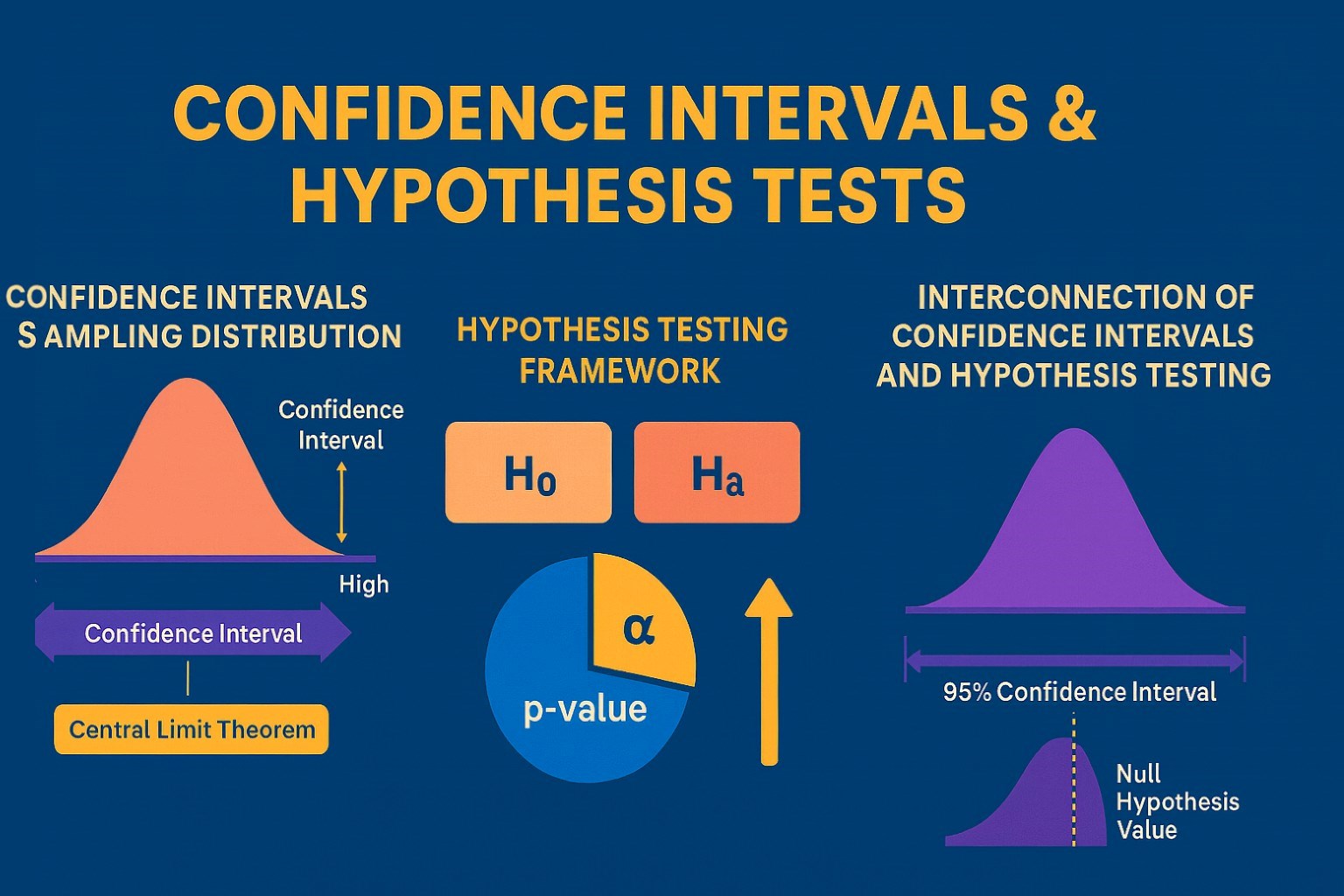
Confidence Intervals & Hypothesis Tests: The Data Science Path to Generalization
Learn how confidence intervals and hypothesis tests turn sample data into reliable population insights in data science. Understand CLT, p-values, and significance to generalize results, quantify uncertainty, and make evidence-based decisions.